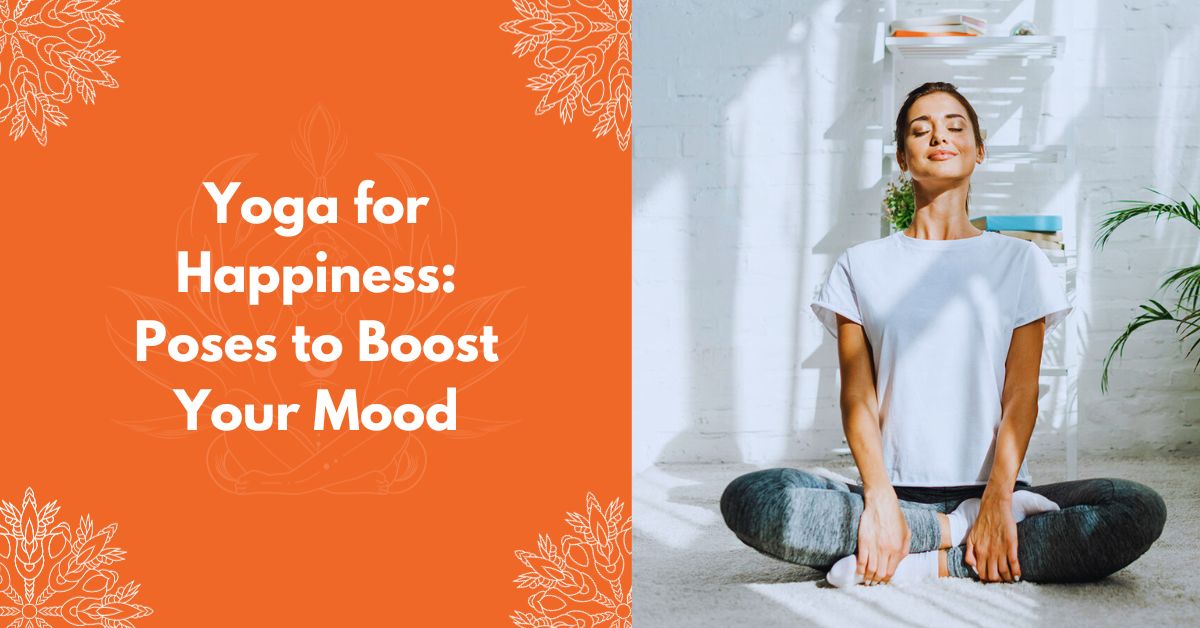
Yoga for Happiness: Poses to Boost Your Mood
Discover the art of Yoga for Happiness: Poses to Boost Your Mood in this comprehensive guide.🧘♀️ Learn how these empowering poses can bring joy and positivity into your life. 💫Find expert insights, FAQs, and much more.🌟
Introduction to Yoga for Happiness
Yoga, an ancient practice, offers more than just physical fitness; it can significantly impact your emotional well-being. In this article, we delve deep into the world of Yoga for Happiness: Poses to Boost Your Mood, exploring poses that not only enhance your physical health but also uplift your spirits.
Understanding the Power of Yoga
Yoga is more than a series of postures; it’s a holistic approach to life. Embracing Yoga for Happiness: Poses to Boost Your Mood entails understanding the profound connection between body, mind, and soul. By focusing on this union, individuals can experience unparalleled happiness and contentment.
The Science Behind Yoga and Happiness
- Neurological Changes: Practicing yoga triggers the release of neurotransmitters like dopamine and serotonin, associated with feelings of happiness and well-being.
- Stress Reduction: Yoga reduces the production of cortisol, the stress hormone, calming the mind and creating a sense of relaxation and contentment.
- Happiness Hormones: Yoga stimulates the production of endorphins, the body’s natural painkillers, inducing feelings of euphoria and happiness.
- Brainwave Activity: Yoga shifts brainwave patterns, encouraging alpha waves linked to relaxation, enhancing mental clarity, and fostering positive emotions.
- Amygdala Regulation: Regular yoga practice reduces the amygdala’s response to stress, reducing fear and anxiety and promoting a sense of calmness.
- Enhanced Connectivity: Yoga improves neural connections, particularly in regions related to emotional regulation, promoting emotional balance and happiness.
- Mindfulness and Present Moment Awareness: Yoga cultivates mindfulness, training the mind to focus on the present moment, reducing rumination and increasing overall happiness.
- Improved Sleep: Yoga promotes better sleep quality, enhancing mood and overall well-being, crucial factors in experiencing lasting happiness.
- Heart-Brain Connection: Yoga positively influences the heart-brain interaction, fostering emotional resilience and a positive outlook on life.
- Self-Compassion: Yoga encourages self-compassion and self-acceptance, essential components of genuine happiness and overall life satisfaction.
Yoga Poses for Inner Peace
Child’s Pose: An Embrace of Serenity
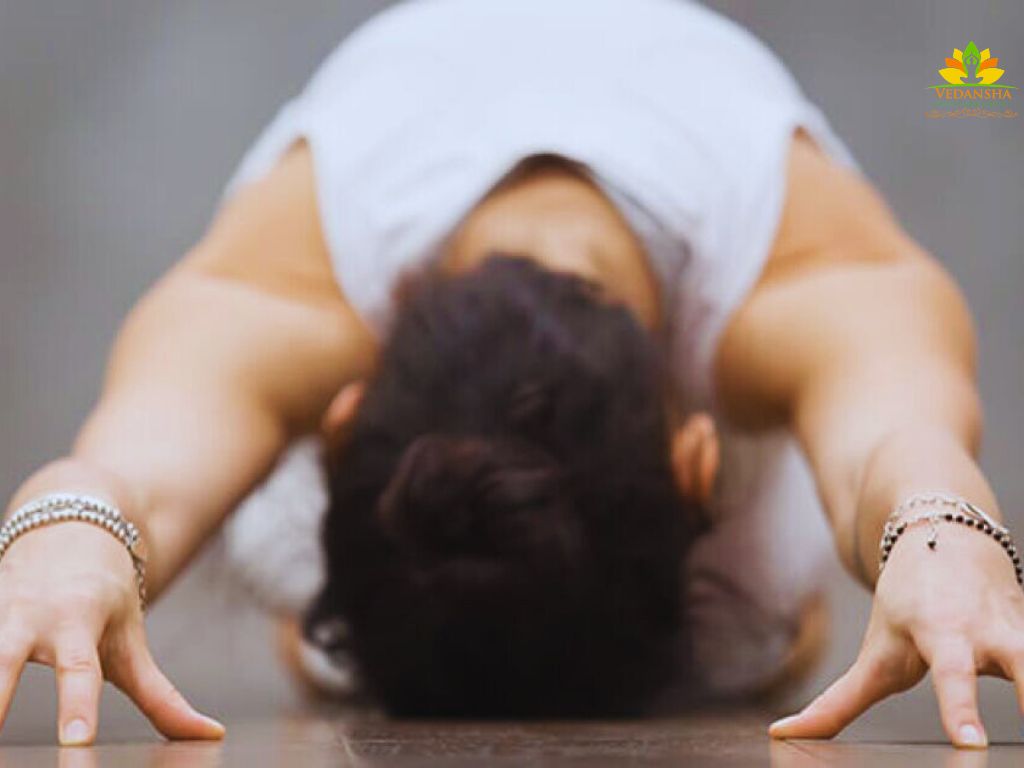
Child’s Pose, known as Balasana, is a gentle, grounding posture that encourages deep relaxation and introspection. To practice, kneel on the mat, sitting back on your heels. Slowly extend your arms forward and lower your torso between your thighs, resting your forehead on the mat. Feel the gentle stretch in your spine and breathe deeply, allowing the worries of the day to melt away. Child’s Pose invites a sense of security and nurtures a feeling of being enveloped in serenity, making it a perfect pose for finding inner peace.
Lotus Pose: Cultivating Tranquility
The Lotus Pose, or Padmasana, is a classic meditation posture that symbolizes purity and enlightenment. To practice, sit with your legs extended and then cross your legs, placing each foot on the opposite thigh. Keep your spine straight, hands on your knees, and palms facing upward. Close your eyes and focus on your breath, allowing your mind to become still. Lotus Pose encourages a sense of calmness, mental clarity, and tranquility, making it an ideal posture for achieving inner peace.
Legs Up the Wall Pose: Restoring Balance
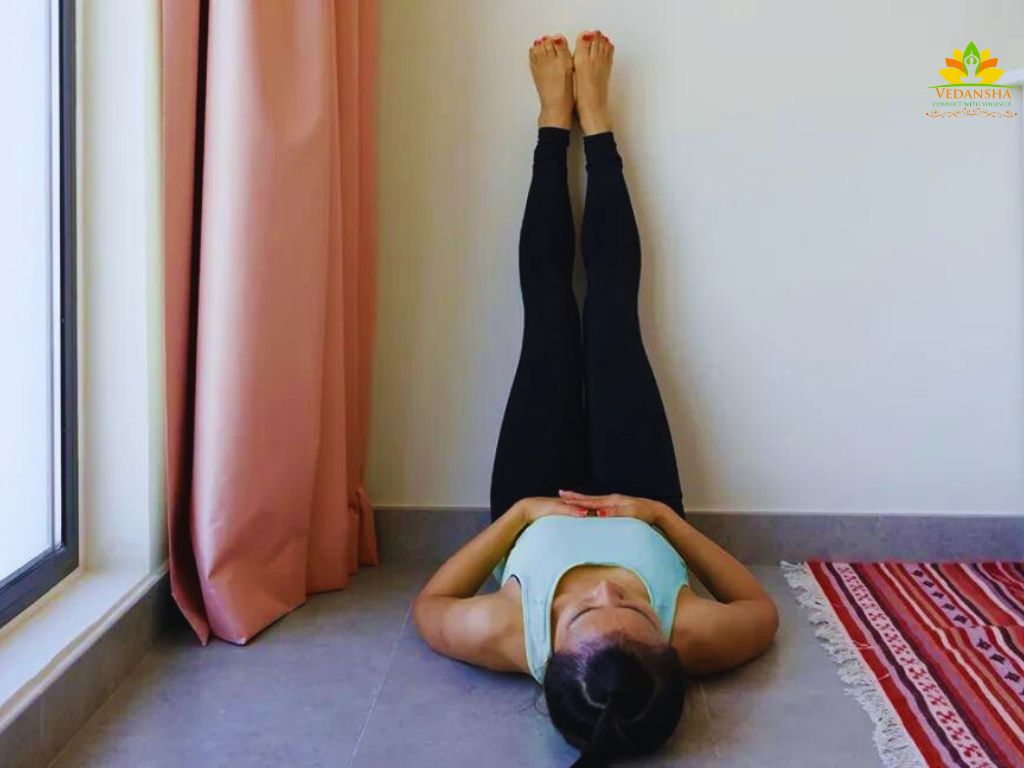
Legs Up the Wall Pose, or Viparita Karani, is a rejuvenating inversion that promotes relaxation and relieves stress. To practice, lie on your back with your hips close to the wall. Extend your legs upward, resting them against the wall. Place your arms in a comfortable position, either by your sides or on your abdomen. Close your eyes, breathe deeply, and let go of tension. This pose allows the blood to flow back to the heart, calming the nervous system and restoring balance in both the body and mind. Legs Up the Wall Pose is particularly effective in quieting the mind and fostering a sense of inner peace.
Savasana: The Blissful Rest
Savasana, or Corpse Pose, is the final relaxation pose in a yoga practice and is often considered the most important. Lie flat on your back with your legs slightly apart and arms relaxed by your sides, palms facing upward. Close your eyes and focus on your breath, allowing your body to completely surrender to the ground beneath you. Savasana is a state of conscious relaxation, where you let go of physical, mental, and emotional tension. This pose not only rejuvenates the body but also calms the mind, leading to a profound sense of inner peace and bliss.
The Role of Breathwork in Yoga for Happiness
In the pursuit of happiness through yoga, the breath plays a pivotal role. Breathwork, or Pranayama, is a fundamental aspect of yoga practice. It involves the regulation of breath, bringing awareness to the inhalation and exhalation patterns. By focusing on the breath, individuals can achieve a profound sense of calmness, even amidst life’s chaos.
Deep Diaphragmatic Breathing: Inhale Peace, Exhale Stress
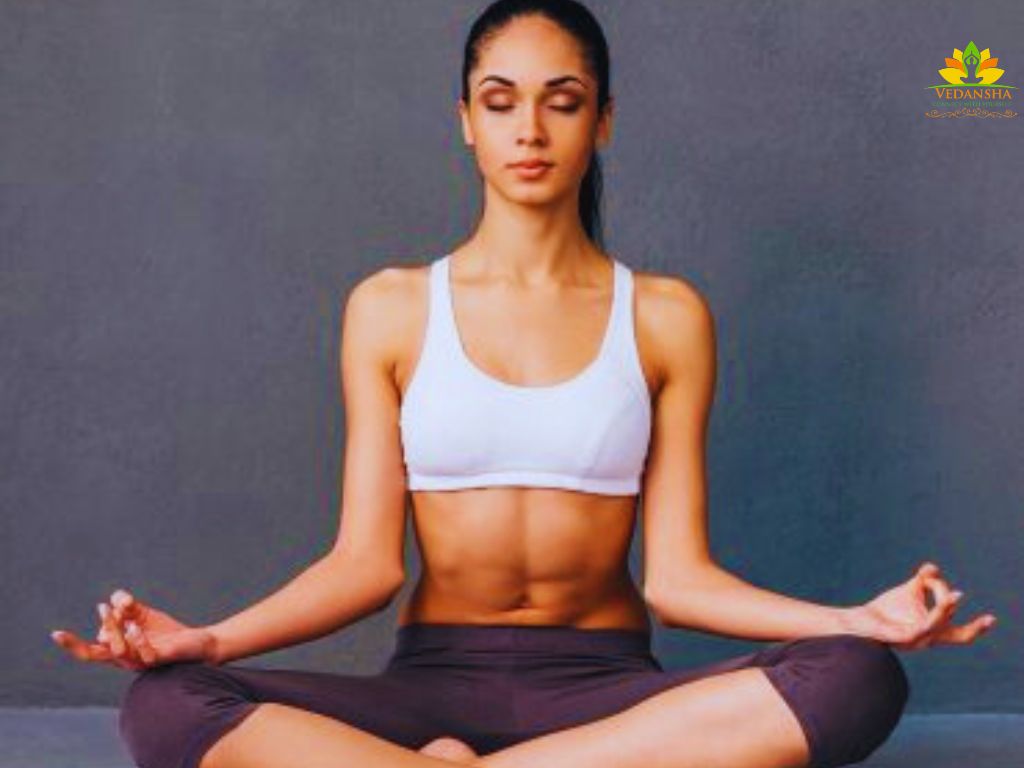
Deep diaphragmatic breathing, also known as abdominal or belly breathing, involves breathing deeply into your diaphragm, allowing your lungs to fully expand. This technique encourages the flow of oxygen into every cell of your body, promoting relaxation and reducing stress. With each inhale, visualize positive energy entering your body, and with each exhale, release any tension or negativity, fostering a sense of inner peace and contentment.
Alternate Nostril Breathing: Balancing Energies
Alternate nostril breathing is a powerful Pranayama technique that helps balance the two hemispheres of the brain and the energy channels in the body. To practice, gently close your right nostril with your thumb and inhale deeply through your left nostril. Then, close your left nostril with your ring finger, release your right nostril, and exhale. Continue this pattern, focusing on the steady rhythm of your breath. This practice harmonizes your energy, calms the mind, and promotes emotional stability, paving the way for happiness to flourish.
Ujjayi Breathing: The Oceanic Breath
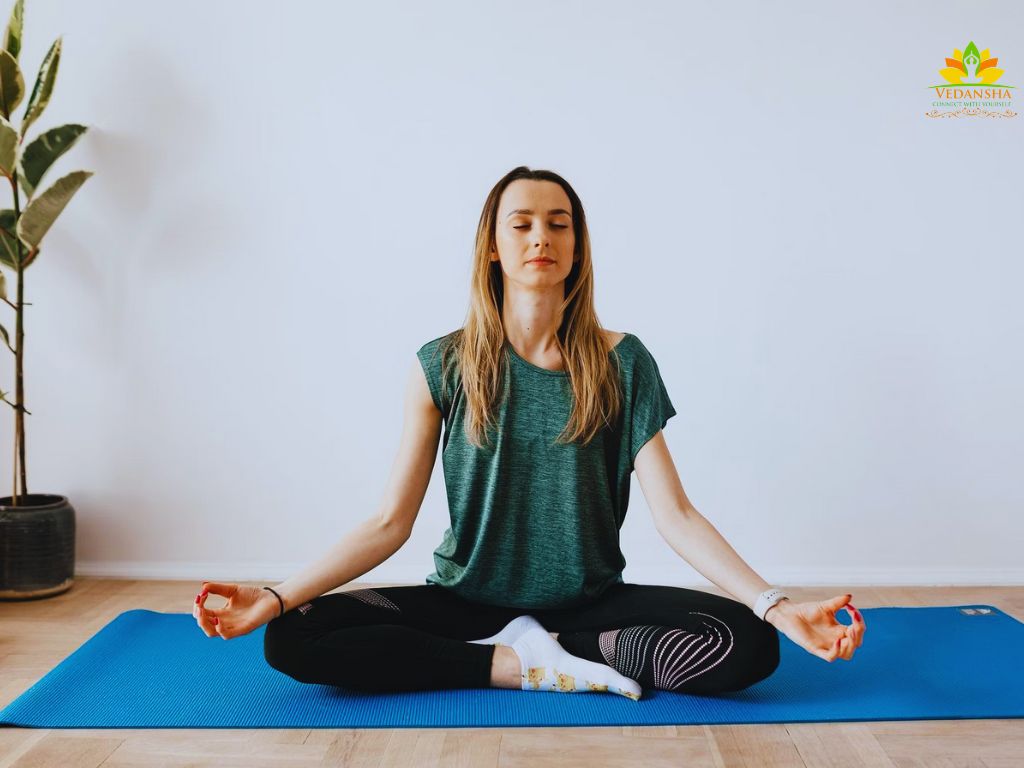
Ujjayi breathing, often referred to as the oceanic breath, involves breathing slowly and deeply through your nose, constricting the back of your throat slightly, creating a soft hissing sound, reminiscent of ocean waves. This technique enhances concentration and mindfulness, inviting a profound sense of tranquility. Ujjayi breathing not only oxygenates your body but also calms your mind, making it an excellent practice for finding happiness within the present moment.
Breath Counting Meditation: Cultivating Stillness
Breath-counting meditation is a simple yet powerful practice to enhance focus and inner peace. Sit down in a calm area, then close your eyes. Inhale deeply, then exhale, counting “one.” Inhale again, exhale, and count “two.” Continue this pattern, counting up to ten breaths, then start again from one. If your mind wanders, gently bring it back to the count. This meditation cultivates the stillness of the mind, fostering a deep sense of contentment and joy.
Conclusion: Embrace the Joyful Journey
Incorporating Yoga for Happiness: Poses to Boost Your Mood into your daily routine is more than just a physical endeavor; it’s a transformative journey toward inner joy and peace. By dedicating time to these poses and breathing techniques, you invite happiness into your life, nurturing a positive outlook and a contented heart.
Frequently Asked Questions (FAQs) about Yoga for Happiness
1. Can beginners practice these poses?
Absolutely! These poses are beginner-friendly, offering a great starting point for anyone new to yoga.
2. How long should I hold each pose?
It’s recommended to hold each pose for at least 30 seconds to a minute, focusing on your breath and body alignment.
3. Will yoga help with anxiety and depression?
Yes, yoga has been proven to reduce symptoms of anxiety and depression, promoting a positive mindset.
4. Can I do these poses if I have physical limitations?
Consult a yoga instructor for modified poses that suit your body’s needs, ensuring a safe and joyful practice.
5. How often should I practice these poses for noticeable results?
Aim for at least three sessions per week to experience significant improvements in your mood and overall well-being.

